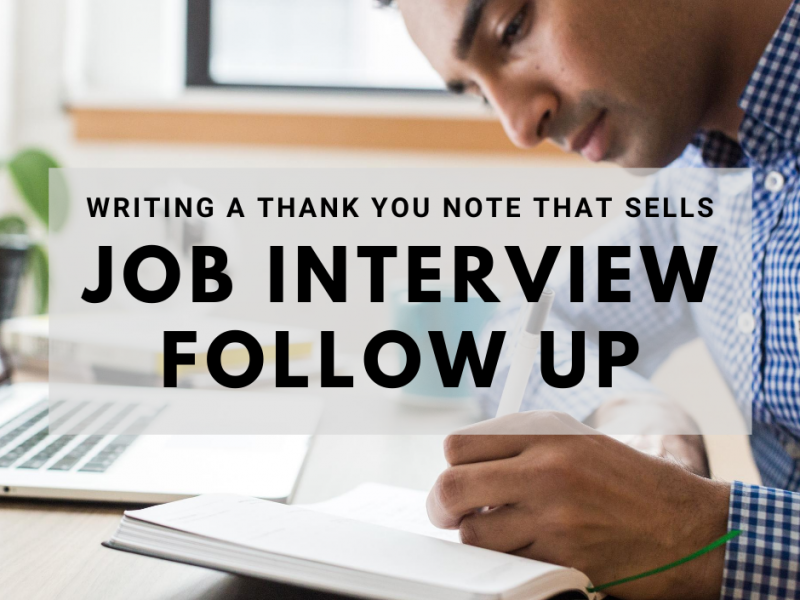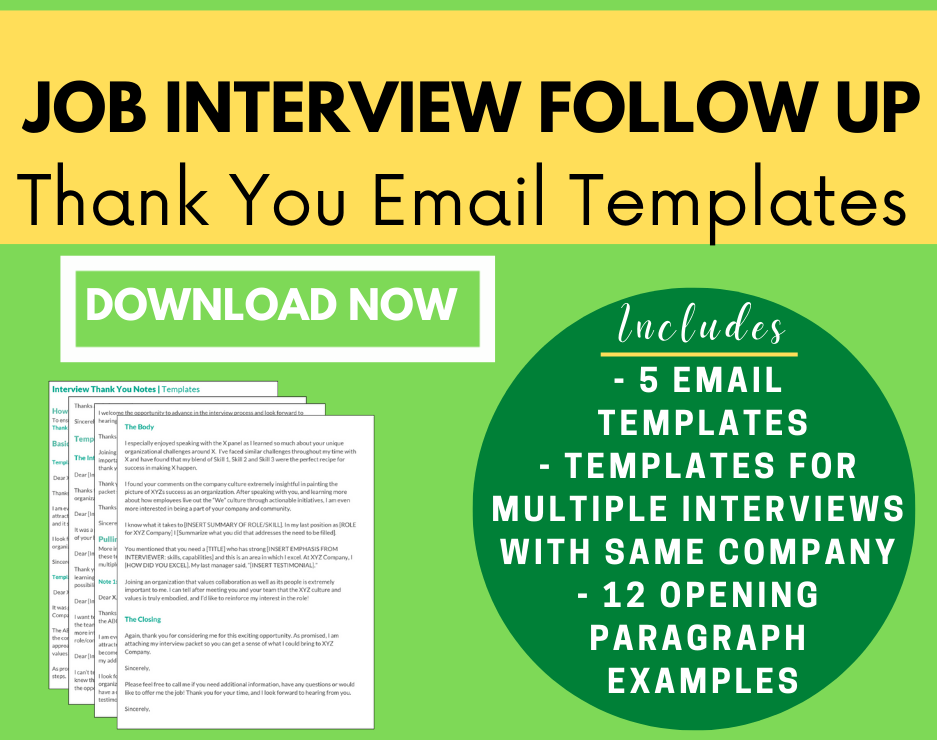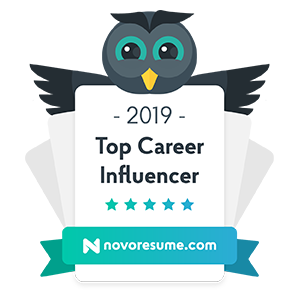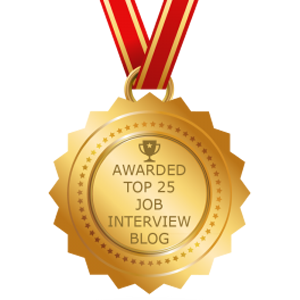This post was updated June 2022 to include the most recent trends and best practices on the topic of writing job interview thank you notes.
The interview thank you note is not dead. In fact when used correctly, it can speak volumes of your character AND position you as an ideal candidate for the job long after you’ve left the building. So how do you leverage the job interview thank you note for your job search and what should it contain? In this post we will share what to write in your note, and everything else you need to know to create a lasting impression and tip the hiring scales in your favor!
So you’ve finished your interview and you are breathing a huge sigh of relief! Interviews can be quite intense and awkward and you may think that you have crossed the finish line after you walk out the door. But not so fast! The interview process is not over. There exists a great opportunity to make one final sell and it comes in the form of interview follow up – otherwise known as the thank you note. If you think you really tanked your interview, you’ll want to check out this blog post I wrote on how to turn a failed interview into a job offer.
A thank you note can make the difference between being hired or rejected
Many things have changed in the job search since your parents’ job search days, but one thing remains constant: saying thank you. Saying thank you will never go out of style and it can set you apart from another candidate, all things being equal. In fact I had one client who received an offer from the company after being the only candidate to send that thank you follow up note. Standing apart from the crowd by showing your gratitude is certainly an easy way to rise to the top. Therefore you will want to make this a mandatory part of any interview you attend from this point forward.
Should your thank you note be sent through snail mail or e-mail?
Career advisors back in the day would have sworn by a hard copy, snail mail, thank you letter as being the best way to leave a strong impression. And yes, there is something nice about being on the receiving end. In fact there are still many professionals that still swear by this tip to this day.
While snail mail represents the ultimate formality and personalization when it comes to matters of importance it doesn’t cater to the increased pace of the interview and hiring process. I know it would make Miss/Mr. Manners cringe but email has now become the standard for thank you note medium. As an Executive Recruiter this was how we advised our candidates: e-mail thank you’s are sufficient.
There are some candidates (at the executive level) who still believe in the power of a good ol’ fashioned thank you letter on crisp, high-end stationary. In this case they will leverage both the email and snail mail mediums – one for expedience in messaging and the other for a nice added touch. There is nothing wrong with this and in fact depending on your interviewer, it may be the extra icing on the cake. I would recommend this for extremely competitive searches in which you are being interviewed by the CEO or other high profile staff member. You can keep the hand-written note much shorter and to the point. Do not copy your email messaging.
Download Noelle’s Interview Follow-Up Thank You E-Templates Now!
Timing is everything when sending job interview follow up
While the interview process can feel slow on the candidate end, decisions on the hiring end are sometimes made rather quickly. This is the case when it comes to exchanging post-interview feedback and initial candidate impressions amongst interviewers. Timing is everything in the interview game and there’s no better way to communicate to the hiring manager that their job is your top priority than with a thoughtful follow up. You should send your thank you within 24 hours of the interview.
Don’t write a novel. Instead keep your thank you letter short and sweet!
In a world where the resume only gets 6 seconds of the hiring manager’s time, you can be darn sure your thank you note will receive a similar scan. Avoid being wordy at the expense of turning off the hiring manager in what will be your final impression before offer stage. Instead limit yourself to 2 or 3 short paragraphs. Keep reading for content suggestions.
How many “thank you” e-mails should you send?
The rule of thumb is: one thank you note per interviewer. Why? Time is valuable for every interviewer who spends time with you. Also – if someone interviewed you, they will definitely be weighing in with the hiring team on whether or not to hire you. Whatever you do, DO NOT copy/paste the same note to each person. Colleagues talk and there’s nothing worse than being the topic of the copy/paste “thank you” conversation! Keep all of your thank you’s relevant to your individual conversations since all of your interviewers likely covered different ground. Just like your resume, thank you emails should always be tailored to fit the interviewer and conversation you shared.
Here’s exactly what to say in an interview follow up note
Now that you know how interview follow up works, here’s the type of content you will want to include:
1. Say “thank you”
A total no-brainer but don’t forget to actually say “thank you.” No need to get poetic or creative, keep this note to the point and tell them exactly why you are writing in the first sentence! Gratitude is always in style and the interviewers did take the time to meet with you one on one. This is a huge reason to be grateful because without this, you wouldn’t have a shot at getting into their company! So open with a word of thanks.
2. Reinforce your sincere interest in the job opening
The hiring manager and HR want to hire someone who has a sincere interest in the job. Without a sincere interest, they risk hiring someone who will become bored, unengaged, or bitter. Therefore, the hiring team will be on the lookout for interested candidates only. And no – just because you interview doesn’t mean you’re interested. Many people are desperate for any job – not THE job in question. You don’t want to be lumped into that category.
After the interview, one of the hiring manager’s areas of assessment will always be whether or not you are truly interested in the job. This is not always easy to convey during the interview, especially since it is a rather awkward setting for most. Impressions can be difficult to capture for both parties and you don’t want to leave anything up to chance. Therefore you need to confirm that your interest in the job is 110%. The best way to do this? Simply state it in your thank you note. If the interview sparked new levels of interest in the job, definitely say that in the opening paragraph!
3. Solidify any connections that were made in the interview
After you’ve opened with gratitude and interest, you’ll need to create the strategic part of your e-mail. This is where the interview note can become a huge opportunity. For starters, you want to continue to build rapport with the interviewer. Think back to your brief time together in the interview. What did you have in common with the interviewer? On what points did you connect? On what topics did you find yourselves in agreement? What questions did you ask that got the interviewer talking? Smiling? Excited? Invigorated? Which topic really caused the interviewer to light up? Was there anything you asked that resulted in an enthusiastic response or conversations about the future of the department or team?
In this part of the letter it’s important to let the hiring manager know you were listening and that your time together was not in vain. Be sincere, authentic and of course thoughtful. You will want to briefly make mention of this or a few of these as part of the interview you particularly enjoyed. That way you are recreating those good interview vibes in the interviewer’s mind. This is your last chance to shine and you’re more likely to get hired if you’ve made a connection during your interview.
4. Sell yourself one last time
After you’ve covered the pleasantries, you’ll need to get to the strategic part of the letter. You will need to letter to sell yourself as the best candidate for the job. While this letter is a formality, remember it is also an opportunity. Any touchpoint with the hiring people is a HUGE opportunity to sell yourself. Therefore you will need to state the value you can bring to the organization. This will not be a resume copy / paste. Rather this will be a reinforcement of the specific relevant experience or results you have produced in the past – as relevant to the hiring manager’s pain points and needs. If you interviewed correctly you would have asked about this in the interview.
Once you’ve covered these 4 parts, all that’s left is to sign off and wait for the call back. If you follow these tips, you’ll walk away from your interview confident that you have done everything possible to close the communication in a smart, strategic way.



 The Best Online Job Boards [Find More Jobs in Less Time]
The Best Online Job Boards [Find More Jobs in Less Time]


